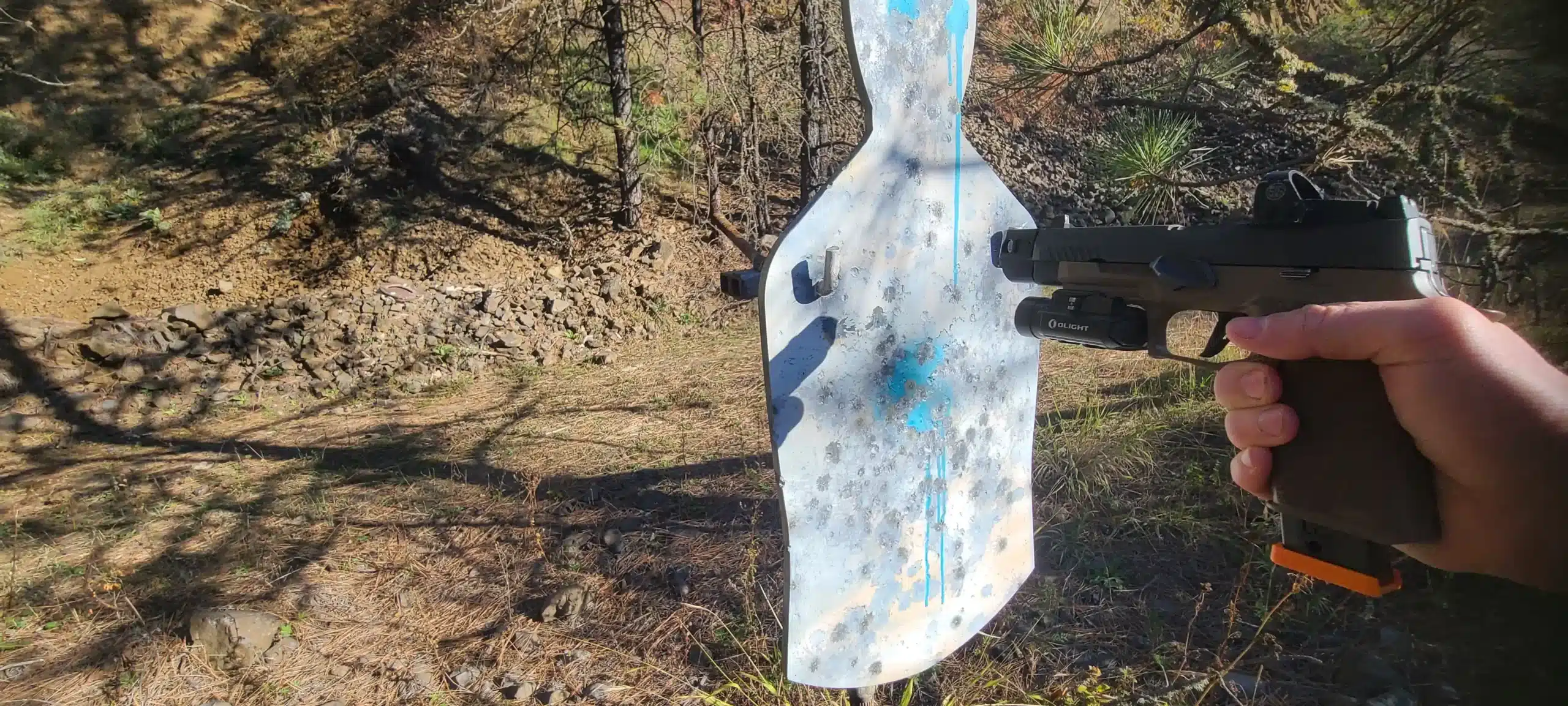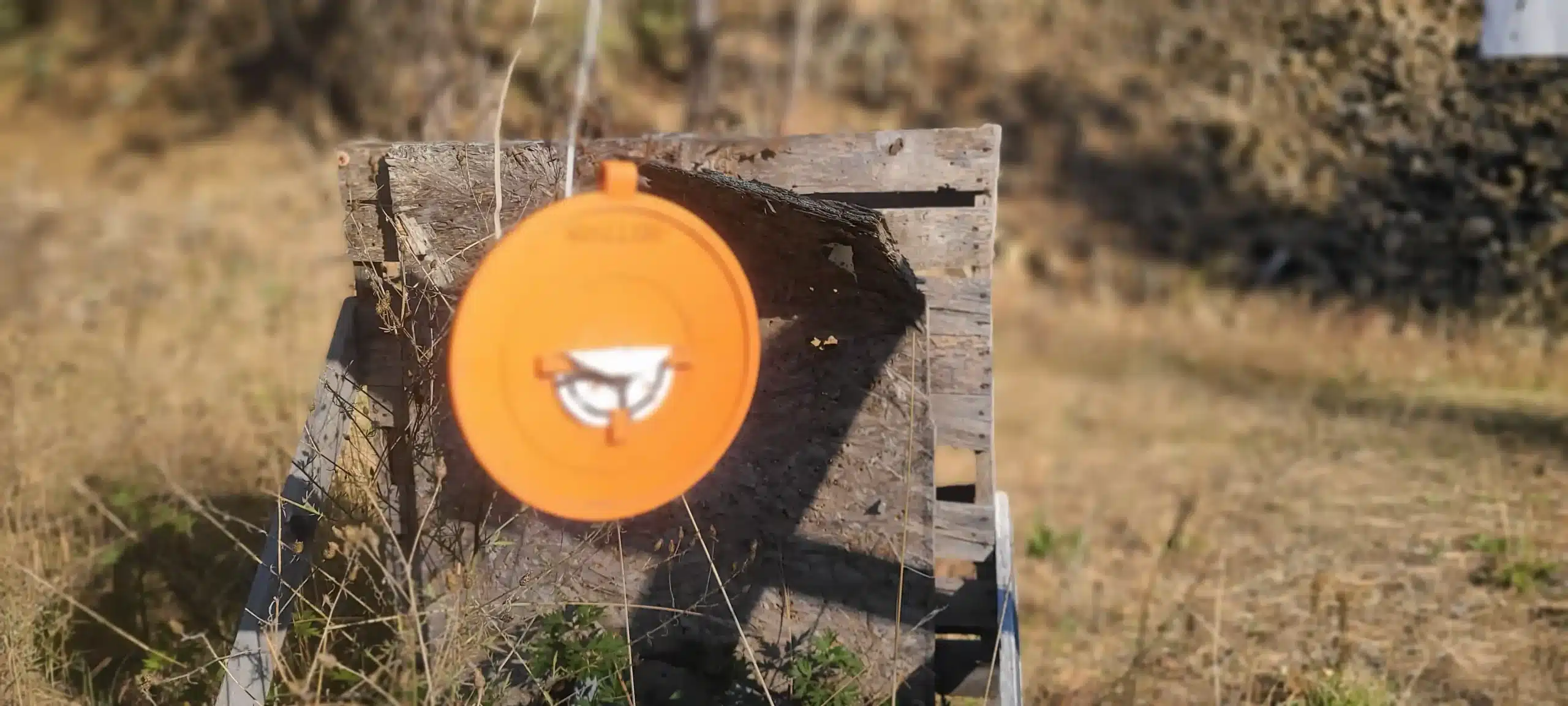Shooters invest countless hours perfecting their physical technique and overlook the power of mental conditioning. Without mental discipline, even the most skilled shooters crumble during high-stress situations. Dry fire training is an excellent tool that can transform your mindset and your shooting skills. Here are a few ways you can use dry fire training to build confidence and focus.
Understanding the Mental Side of Shooting
Your mind is the true driver of your actions. It controls your level of concentration and determines your ability to execute each shot consistently under pressure. Mental control is essential to assessing and responding to situations effectively. It has an enormous impact on how well you handle high-stress environments like competition or self-defense scenarios.
Maintaining a consistent mental state throughout tense situations is the key to accuracy shot after shot. Poor mental control leads to overthinking and hesitation. This means more missed shots and slower reaction times. Bottom line, it decreases your performance.
Anxiety is one of the most common issues that disrupt your mental focus. It causes tension in your body, disrupts your breathing, and creates erratic shooting behavior. Anxiety also makes you choke under pressure. This causes shooters to fumble the simplest tasks. Self-doubt is another common effect of poor mental control. It leads to second-guessing, making you hesitate or overthink each shot. Your rhythm is disrupted, your confidence is reduced, and your ability to perform optimally is inhibited.
Overall, mental control helps you maintain focus when it matters. Losing focus for even a split second causes missed shots. In competition, this means the difference between winning and losing. In self-defense, it is the difference between life and death.
Confidence Through Repetition

Dry fire training is one of the most effective ways to build muscle memory. Strong muscle memory helps reduce hesitation and increases your confidence. When you practice drawing, aiming, and pulling the trigger repeatedly, you reinforce the neural pathways that control your shooting mechanics. Over time, these movements become instinctive.
Confidence is a byproduct of familiarity and preparation, both of which are outcomes of structured and consistent dry fire training. By performing hundreds or even thousands of repetitions, you become intimately familiar with your firearm. This goes a long way to eliminating uncertainty and increasing response times. Structured sessions focusing on reducing anxiety and building mental control build confidence and help transition skills acquired during dry fire training to live fire environments.
While effective, dry fire training does have one big disadvantage. It requires you to reset the trigger after each shot. You could develop the wrong muscle memory, inhibiting the transfer of skills you worked hard to obtain for live fire scenarios. DryFireMag fixes this problem. It eliminates the need to re-rack the slide, ensuring you develop the right muscle memory.
The Importance of Goal Setting
Setting clear, achievable goals for dry fire sessions is crucial for developing the mental conditioning necessary for increasing focus and performance. By defining specific goals, you create a structured framework that prevents aimless practice. Each session can be turned into an opportunity for improvement by giving each a clear objective.

Goals will help you stay on track with your training, reduce the chance of burnout, and increase the chance you’ll keep practicing. Clear goals force you to focus each session on critical areas that need improvement and help you concentrate on strengthening your weaknesses. Achieving small, incremental goals also builds confidence. It reinforces the idea that consistent practice leads to improvement.
The SMART goal-setting framework can help you set objectives that are Specific, Measurable, Achievable, Relevant, and Time-Bound. Start by setting a goal for each training session. For example, “By the end of this session, I want to maintain a steady sight picture through 20 consecutive trigger pulls.” You should also set short-term and long-term goals. An example of a short-term goal would be improving reload speed by 0.2 seconds by the end of the week. A long-term goal could be something like qualifying for the top rank in your local shooting club within six months.
Evaluating your progress is another important part of goal setting. If you consistently achieve your goals, then it’s time to aim higher and set more challenging goals. If you’re falling short, determine if your goals are realistic and adjust them as needed.
Dry fire training does more than train physical skills. It sharpens your mental game and builds confidence. Integrating dry fire practice into your routine helps train your mind to maintain clarity and control in high-pressure scenarios. Embracing dry fire training enables you to master the mental side of shooting, transforming how you perform under stress and delivering consistent results.
Take your dry-fire training to the next level. Learn more about DryFireMag.


